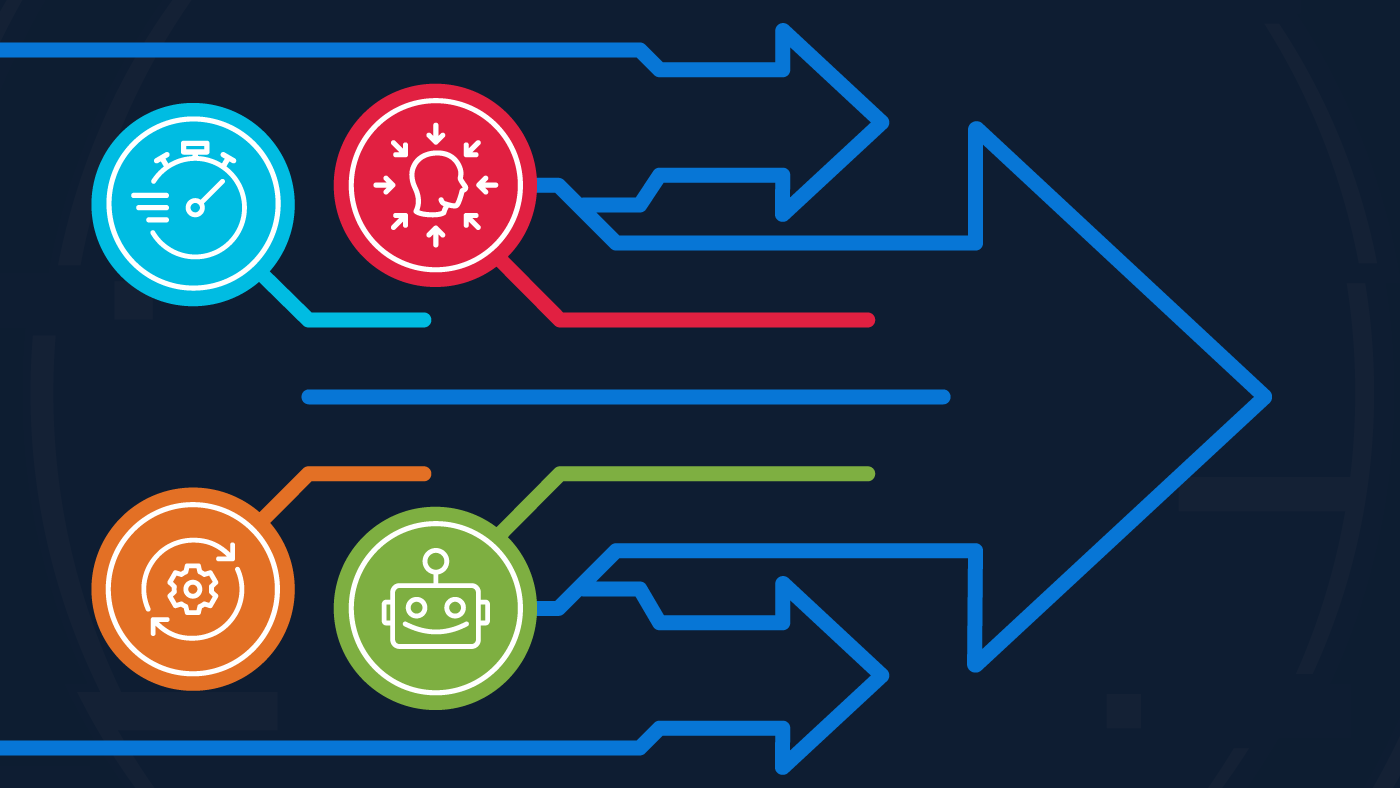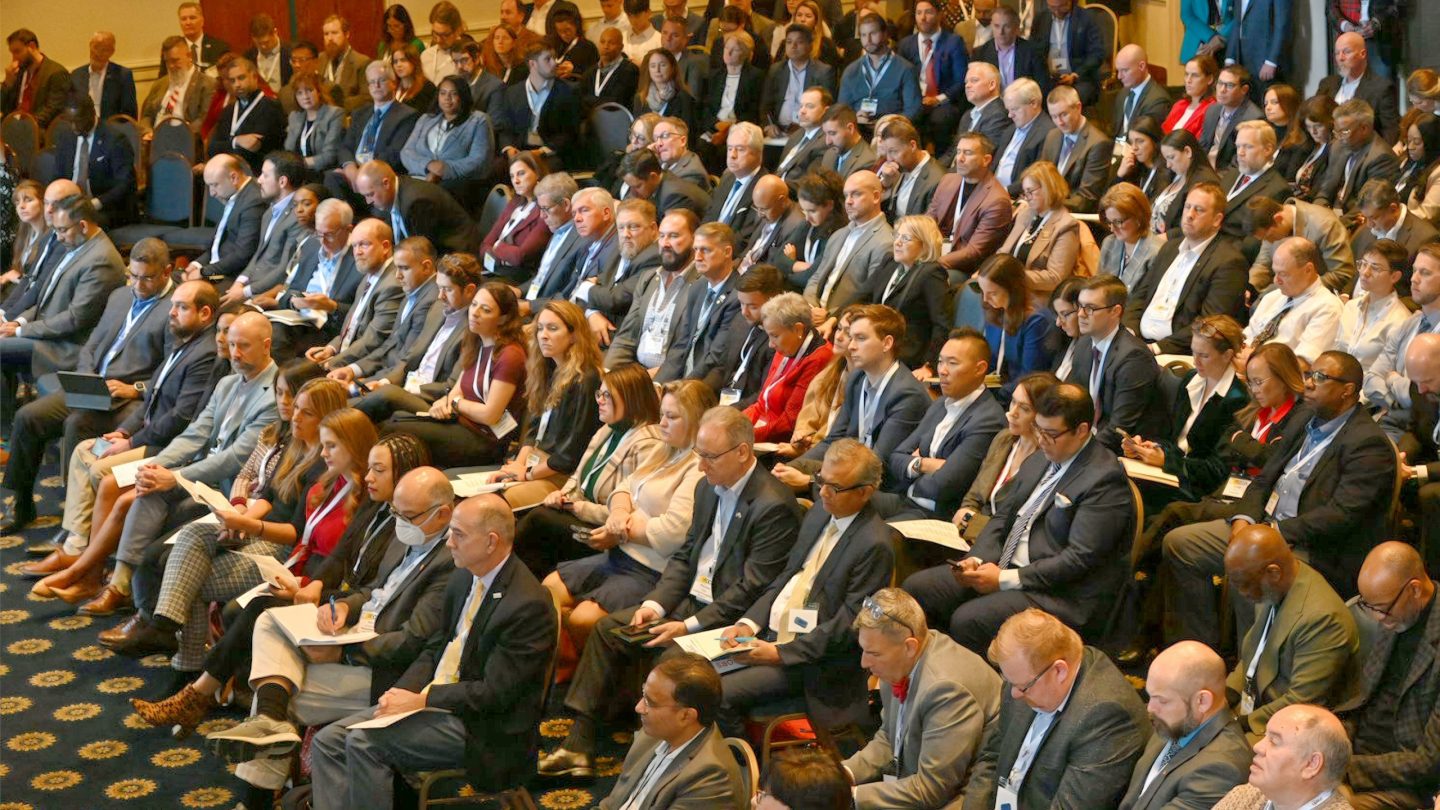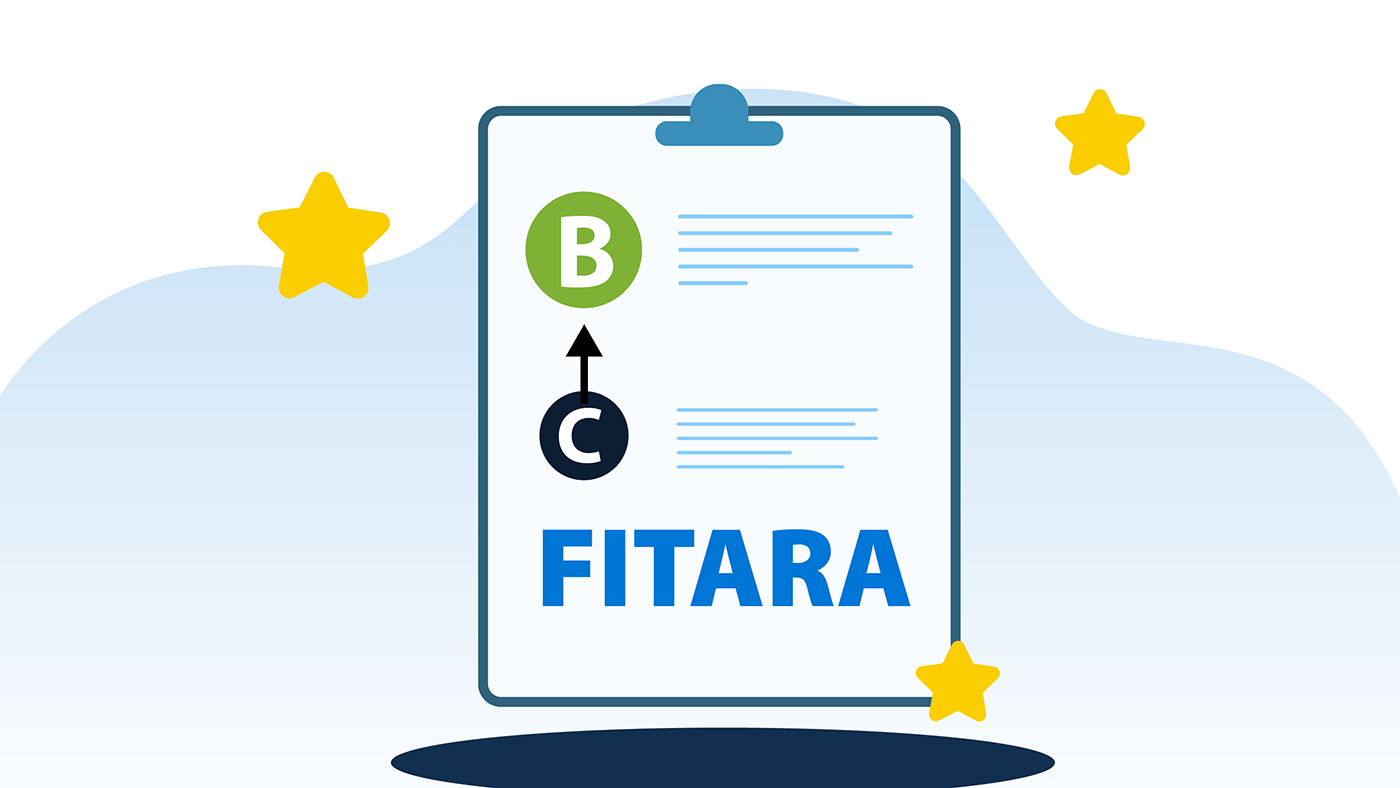Appears In
At the Office of Information and Technology (OIT), we know that resolving information technology (IT) issues and getting folks back to work isn’t just a matter of convenience. At VA, the largest integrated health care system in the United States, an outage can affect a Veteran’s ability to receive the health care or benefits they need. Our users rightly expect that our innovative technology works 24 hours a day, 7 days a week, 365 days a year, regardless of location. If something isn’t working properly, it should be quick and easy for employees to contact us, and that’s why we’re working hard to modernize our services and ultimately reduce the amount of time it takes to address IT issues.
An organization’s IT help desk is critical in preserving continuity of operations and helps minimize disruption of service delivery to customers. At VA, our Enterprise Service Desk (ESD) technicians field an average of 7,326 calls each day and resolve 74% of the incidents within 24 hours. In 2022, technicians resolved 1,845,624 service calls, helping OIT achieve an industry-leading 80.9% customer satisfaction score.
To address VA’s unique challenges and drive continuous improvement, which together allow VA staff to seamlessly perform their duties for Veterans and their families, VA has implemented several initiatives across the enterprise in the pursuit of both Engineering Excellence and a Delightful End User Experience.
Improved Tier 1 Performance
VA is a multi-industry, multi-level organization that provides services ranging from critical health care and benefits to memorial services to other Veteran-centric offerings. And notably, each Administration within VA requires specialized technology to support their missions, such as systems to support telehealth appointments, electronic health records, benefits and claims processing, as well as diverse technology needs at VA’s 155 National Cemeteries.
To meet these variables, in 2018, ESD moved to a Managed Services Provider construct to improve the overall performance of their Tier 1 team, which most simply means faster and more efficient IT service delivery. With this new approach, a specialized team of experts is better prepared to meet VA’s varied technology landscape with a predictable and scalable cost structure. The importance and complexity of what VA offers to Veterans and their families is the driving force behind the need for the right talent, tools and processes to ensure that every incident and request is handled efficiently and effectively to minimize disruption.
Until recently, OIT leveraged one contract to manage the entire ESD operation, which included both the technology platform and the front-line agents handling calls, live chats and electronically-submitted tickets. So, to enable more rapid implementation of innovative technologies, including artificial intelligence, machine learning and robotic process automation, as well as advance the efficiency of front-line agents, OIT now leverages a separate contract for each.
This new structure also enables further advances in the technology that ESD and their customers rely on, especially with the Interactive Voice Response (IVR) and Automated Call Distribution (ACD) systems. Each customer that contacts ESD interacts with the IVR system through a call tree that routes them into either a general queue, a help desk for VA’s electronic health records or the Major Incident Management team for expedited outage reporting. Then, the ACD system sends the customer to the correct queue based on their selection.
Having a new team in place to manage these systems also allowed VA to implement additional customer experience-related enhancements. Most notably, the interaction with the IVR and ACD systems became much more streamlined and straightforward, with fewer prompts, so each call is answered faster.
Additional enhancements include:
- Implementation of the 711 TTY-based telecommunications relay service, leveraging the same technology that hearing or speech-impaired customers may use in their daily lives.
- New speech recognition functionality to improve routing of questions, requests and issues.
- Increased support available during peak call times, such as Monday mornings.
- Doubled port capacity to better handle situations such as a peak volume of calls or a major incident, reducing the likelihood of callers receiving a fast busy signal.
These efforts will allow ESD to set their Service Level Agreement (SLA) for Average Speed of Answer at 2.5 minutes across all channels, including direct calls, chats and tickets submitted through the yourIT self-service portal.
Improved IT Service Delivery
The same year, OIT implemented a new IT Service Management (ITSM) tool — a cloud-based Software as a Service (SaaS) solution that enabled the standardization of IT service delivery, which subsequently led to a more efficient and consistent end-user experience.
The tool helps ESD employees manage tickets, prioritize incidents, analyze issues and capture service management metrics. It also provides a platform that offers an advanced self-service portal where staff can submit requests, report issues and receive support through online chat.
Additionally, implementation of the ITSM tool prepared OIT to launch a new customer-facing service portal, also in 2018. This modernized customer service engagement website, the yourIT Service Portal, serves as the Department’s virtual hub for IT support.
The new site allows staff to seek IT help online, similar to how they may obtain customer support outside of work. Employees connected to the VA network can visit the portal to report an incident, check ticket status, learn about outages affecting the enterprise, request equipment and review self-help knowledge articles. If IT issues prevent an employee from viewing the website, or they simply prefer to speak with a service desk representative, the 800-number remains available.
Then in 2021, OIT launched an even easier-to-navigate yourIT Service Portal site based on feedback from VA employees and human-centered design best practices. The portal team gathered input from users on pain points, developed prototypes and tested the new designs. They used a survey and conducted interviews with users from around VA to learn about any and all challenges encountered when using the portal. Common feedback revealed that some content was too technical, and information such as ticket status was difficult to find. Users also asked for a more intuitive site. The updated portal now offers better navigation, a ticket status widget and improved chat services.
Award-Winning Robotic Process Automation
2022 saw another monumental achievement for ESD modernization, with VA winning a FedHealth IT Innovation Award for the implementation of Robotic Process Automation into its claims processing system. A panel comprising current and former Federal health leaders across Government and industry selected the ESD team for this honor.
Robotic Process Automation introduces artificial intelligence (AI) bots into the process. They can learn and perform specific routine or mundane tasks within an application, alleviating reliance on human resources. And, since these bots operate based on coding, they reduce error and can perform these tasks more efficiently than their agent counterparts. As applied to ESD, the Queue Manager Assistant allows for the intelligent identification and re-routing of incorrectly categorized incidents without human intervention. Specific keywords are used to determine how Robotic Process Automation continuously monitors queues and automates the escalation to Tier 2 Assignment groups, as needed.
Robotic Process Automation has vastly improved the customer experience by allowing Tier 1 agents to focus on taking calls and addressing more complex issues with customers, while also enabling teams to more accurately route and address incidents in less time. Immediately upon implementation in October 2020, incidents were resolved at a higher level of support with greater than 95% accuracy.
Meet Abel: Your Virtual Agent
In May 2020, OIT introduced a virtual agent, “Abel,” to assist staff with common IT issues, freeing ESD staff to focus on more complex problem solving. Abel uses AI and natural language processing to offer a 24×7 human-like chat experience. Staff accesses the chatbot by visiting the yourIT Service Portal and clicking on the Abel icon.
Initially, Abel was designed to assist with the five most common issues relayed to ESD, such as printer and desk phone issues. Over time, Abel has evolved to include additional skills based on user interaction. Today, Abel can check ticket status, report an incident, locate knowledge articles, install new software, troubleshoot network access and more. Abel already escalates users to a live agent to address more complex needs, and the chatbot team continues to add new functionality for frequent questions and requests.
Also in 2020, OIT introduced a live agent chat option. The chatbot escalates issues to a live agent when necessary or at any time when the user requests a live agent. Initially, live chat was only available “after hours” from 7:00 p.m. to 7:00 a.m. and on weekends and holidays; however, after a successful pilot, this support was made available 24×7.
These efforts, along with many others across the enterprise, set the stage for continued digital transformation at VA. We are getting back to basics and developing a culture of engineering excellence to better maintain key IT products and services, all while minimizing downtime, or eliminating it altogether in some cases. Key to these efforts is a clear focus on the customer experience, which is evident in the goals, objectives and results organized around a delightful end-user experience and the other pillars of the VA-wide digital transformation effort.
Topics in this story
In this article






